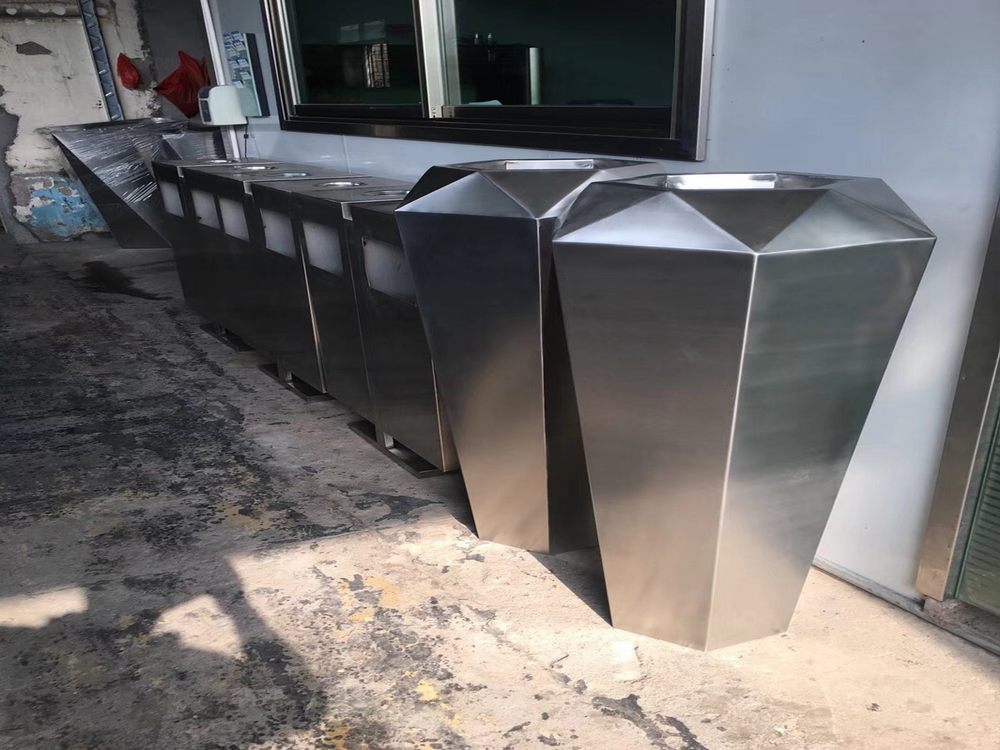
Metal sculptures have emerged as a powerful medium to both reflect and critique modern architectural trends, offering a dynamic interplay between art and urban design. In contemporary cities, these sculptures often serve as visual counterpoints to the rigid geometries of modern buildings, introducing organic forms and fluidity that challenge the sterility of glass-and-steel structures.
One way metal sculptures reflect modern architecture is through their materiality. Many architects favor steel and aluminum for their durability and sleek aesthetics, mirroring the same materials used in skyscrapers and minimalist designs. Sculptures like Richard Serra’s monumental steel curves echo the boldness of modern architecture while subverting its predictability.
Conversely, metal sculptures also critique architectural trends by highlighting their shortcomings. For instance, abstract sculptures placed in corporate plazas may expose the impersonal nature of such spaces, urging viewers to reconsider the human scale often lost in modern urban planning. Artists like Anish Kapoor use reflective metals to distort and question the surrounding architecture, creating a dialogue about perception and space.
Moreover, metal sculptures can enhance architectural environments by adding layers of meaning. A sculpture’s placement—whether interrupting a sterile facade or complementing a building’s lines—can redefine how people interact with a space. This duality of reflection and critique makes metal sculptures vital in shaping the narrative of contemporary architecture.
Ultimately, metal sculptures act as both mirrors and disruptors, celebrating architectural innovation while prompting deeper conversations about functionality, aesthetics, and human connection in modern design.

